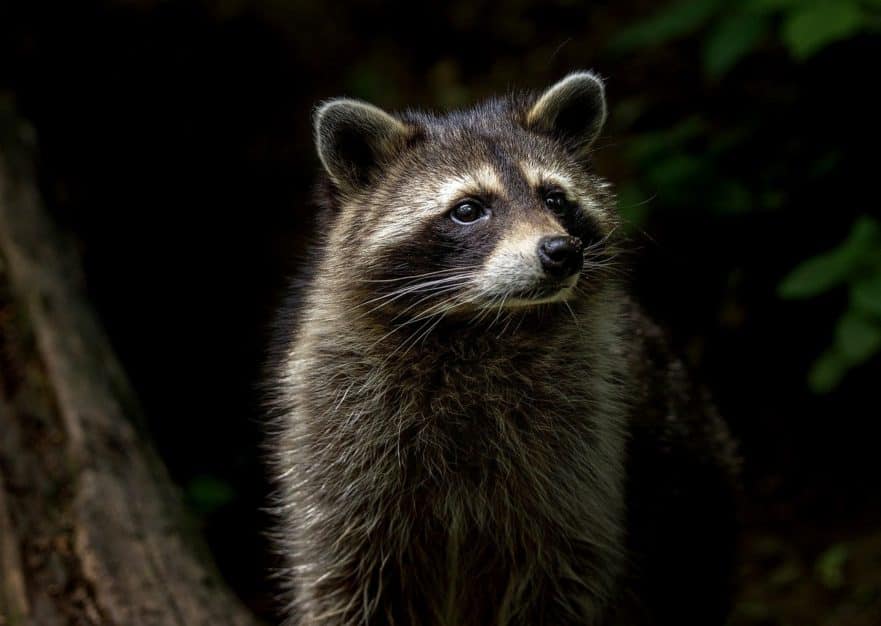A mix of sun and shade in woodland areas helps support plants that provide food for animals like bears, deer, rodents, squirrels and many types of birds. The woodlands also provide enough shade and tree protection to house nocturnal animals like owls and raccoons. I enjoy living adjacent to an oak woodland, and many of the animals in David Elliott’s book are my treasured neighbors.
*****************
In the Woods

Written by David Elliott
Illustrated by Rob Dunlavey
This stunning nonfiction children’s book celebrates wildlife in the woodlands. Its title page is a beautiful winter scene, and as we turn the pages, the seasons quietly change revealing the animals in their habitat. David Elliott’s poetry introduces us to fifteen animals including the black bear, moose, beaver, raccoon, red fox, and less-familiar creatures, including paper wasps, scarlet tanagers, the fisher cat, and millipedes. Many of these animals in the dark woods are secretive, and we rarely have the opportunity to see them. Rob Dunlavey’s beautifully illustrated woodland scenes allow us the opportunity to see these animals with fresh eyes.


Kirkus: ” In addition to the pithy lyric portraits, Elliott provides intriguing facts about each animal in the backmatter, such as the “beaver’s teeth are constantly growing,” allowing inquisitive listeners to connect with these creatures in a variety of ways.”
***************
I’ve selected three poems from In the Woods to share with you.
The first one is clever and funny.
The SKUNK
Give the skunk
a lot of
room, unless
you care for
strong perfume.
If you have skunks where you live, you know about their “strong perfume”!
*******
Do you remember when we wrote concrete poems? David Elliott’s poem, “The Hornet” is arranged in the shape of a hornet’s nest!
The HORNET
Avoid at all cost
is the prevailing sentiment.
But how unoccupied the
woods, without your buzz-
ing tene-
ment.
*******
“The RACCOON”
The Powhatan
call you aroughcun,
“the one who scratches
with its hands.”
But the eyes behind
the mask reveal
“the one who understands.”
*******
Enjoy this special interview with Rob Dunlavey, illustrator of “In the Woods”.
http://blaine.org/sevenimpossiblethings/?p=5063
**************
MORE ABOUT RACCOONS

Did you know?
-
Raccoons live an average of 5 years in the wild.
-
They are very agile climbers.
-
They are preyed on by coyotes, wolves, hawks, and owls.
-
Raccoons are nocturnal animals, so they are rarely seen during the day.
-
Raccoons have excellent night vision.
-
Raccoons are omnivores – they eat both plants and animals.
***************
A RACCOON COLLAGE
Create your raccoon and cut him out. Take your second piece of paper and make a woodland background with a tall tree on the right side of your paper.
Materials: 2 pieces of paper the same size, pencil, black crayon or oil pastel, watercolor, scissors, glue stick
STEP 1 – Take 1 piece of paper and cut it in half lengthwise. One piece will become a tree trunk. Use the other piece to make your raccoon.
STEP 2 – Draw your raccoon first with a light pencil and then trace is with black crayon or oil pastel.




STEP 3 – Painting with watercolors
>Add a brown watercolor wash over your raccoon.
>On your large paper, use watercolors or crayon to create a dark woodland background.
>On your last long strip of paper, add colors to create a tree trunk.
STEP 4 – Let your 3 pieces of paper completely dry.

STEP 5 –
>Carefully cut our your raccoon.
>Cut or gently tear your tree trunk paper vertically.
>Decide how much of your background paper you want to use.
I decided to trim my down, because I liked the lighter green behind my raccoon. I’ll save my excess painted paper for another project.
STEP 6 – Glue on your tree trunk and then your raccoon.
****************************
COMPLETED WORK

Thank you for sharing your work, girls!



